Talcochlorite: features, properties and use
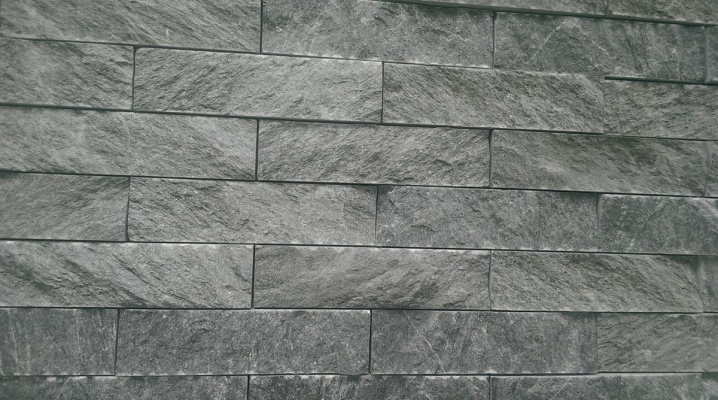
Many of you probably steamed in a bath at least once in your life. Its beneficial properties have been known for a long time. Under the influence of high temperature and the generated steam, the whole body is warmed up. But few people think about what is the secret of such healing properties of the bath. One of the important factors in a good steam room is the correct selection of stones to create sufficient heat. One of these representatives is talcochlorite.
This type of stone has been known since ancient times. It is widely used in construction, being a fairly durable material. There is information about its use for medicinal purposes. Let's consider in more detail the areas of application of this breed, as well as its useful properties.
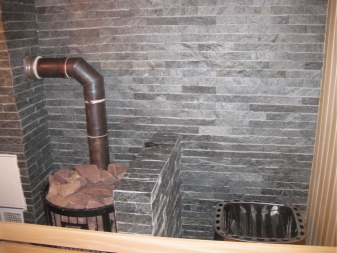
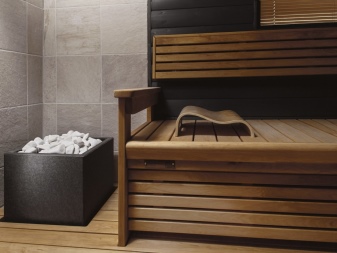
Description
Talcochlorite is a natural stone of mountain origin. As a rule, it is gray in color, but it is also white and brownish-greenish, depending on the presence of impurities. Sometimes it is called a soapstone, talc magnesite or a wen.
Differs in high strength and viscosity, and also has a high heat capacity - 0.98 kJ / kg.
It looks smooth in structure, but there are also chipped stones with an uneven rough surface. After grinding, they acquire a flat surface, and then they are called bonded. And when the stone is subjected to more careful processing, special attention is paid to its edges, and then it is called polished.
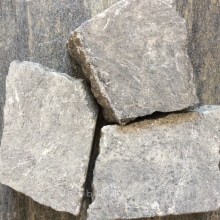
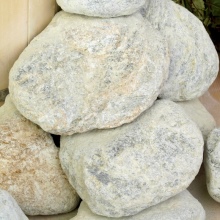
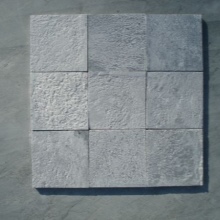
Composition and properties
The question may arise: how does talcochlorite differ from talcomagnesite? Based on the name, it is easy to guess what it consists of: talc (40-50%) and chlorite (5-8%), in the second case, magnesite (40-50%) is included.
The fact is that talc is contained in both forms, however, if the chlorite content predominates - 30-35%, and magnesite is only 5-10%, it will be called talcochlorite.
There are many different opinions on this matter: some argue that these are completely different stones, while others say that they are basically the same. But, of course, depending on the predominance of one or another element, their properties and areas of application will differ.
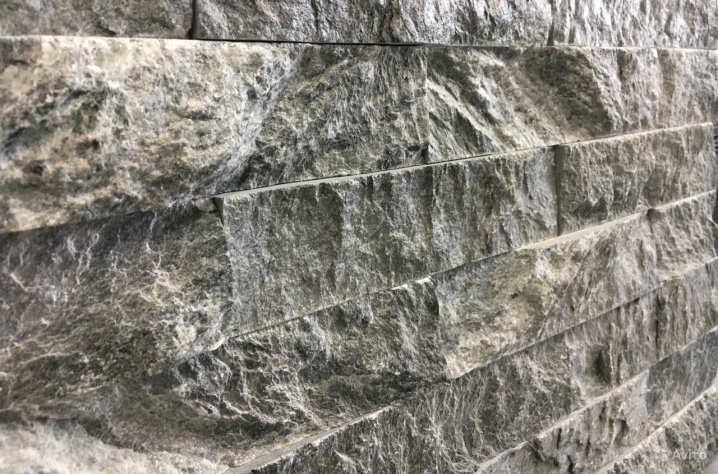
Let's consider their components separately.
Talc is a mineral that looks like a white friable powder, greasy to the touch. Surely many have met him when using baby powder or putting on latex gloves. However, in natural conditions, it is a soft stone.
Chlorite is a mineral belonging to the silicate group. It got its name not at all because of the chlorine content, as it might seem at first glance. It's all about literal translation, from the ancient Greek "chloros" means "green". Therefore, it is also called a green stone, although it can have other shades.

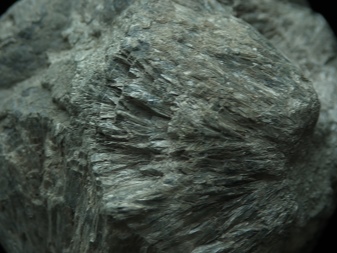
And also the stone is distinguished by special softness and flexibility, due to which it is able to easily separate under various mechanical influences.
Depending on the predominance of one or another element, talcochlorite can be green, cherry, blue. Differs in high strength, its density is 2700-3200 kg / m3. It is easy to process and hardly crumbles at the same time. Another feature is that it practically does not absorb water.
One of the most important aspects in the field of its application is also the property of slowly giving off heat, since talc is a poor heat conductor.
This, undoubtedly, makes it one of the worthy representatives that are suitable for use in the bath.
There are several more amazing properties of this natural mineral that it possesses. It is believed that when heated, this stone is able to release vitamin D, which has a beneficial effect on the development and strengthening of the human skeletal system. However, this issue is still controversial.
There is also evidence that when using this stone in a bath, it improves the general condition of the body, lowers blood pressure, and helps in the treatment of osteochondrosis and sciatica. You can only be convinced of the veracity of these properties by trying it personally.
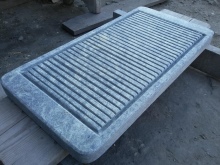
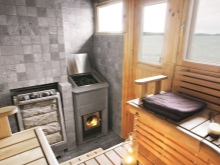
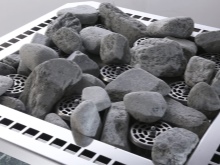
Field and production
One of the main locations of talcochlorite is Nunnalahti, which is located in Finland. It is here that most of the reserves of this natural treasure are concentrated. Enhanced stone mining in this area has been going on for many years. That is why Finland is one of the main countries with huge reserves of this natural wealth.
And there is also information that natural reserves of this mineral are located in countries such as America, India and Brazil.
Talcomagnesite is also being mined in Russia. In Karelia, this material began to be mined and actively used in the 18th century, which was associated with its demand as a building material. Currently, products from this stone are produced industrially.
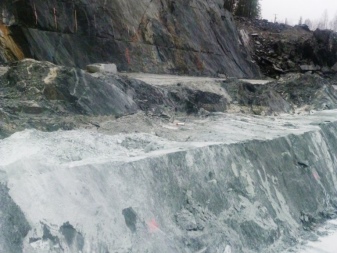
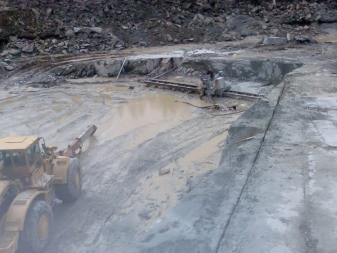
Advantages and disadvantages
It is very important to choose the right stones used in the sauna heater. For this, it is important to take into account both the beneficial and the harmful properties of each type of stone. Talcochlorite in this respect is a worthy contender, since it has a number of positive properties:
- due to its porous structure, it is easy to process;
- is a good insulation;
- reaches heating at a rapid pace, cools slowly, which is a particularly important indicator for baths and saunas;
- the steam emanating from it is enriched with oxygen;
- is considered an environmentally friendly substance, without harmful impurities;
- does not crack or break under the influence of high temperatures;
- is a good material for lining sauna stoves, preventing the rapid appearance of corrosion;
- resistant to environmental influences;
- multiple use is possible;
- has a high thermal conductivity.
In addition to the advantages, there are also some disadvantages of this material.
One of the main disadvantages of its use in the bath is that this stone is "dusty". This is due to the large amount of talc contained in this stone.
In principle, talcochlorite is an environmentally friendly stone, and the dust released will not harm health. But at the same time, if it is properly processed and all the necessary procedures are carried out (rinse thoroughly with water and burn at the stake), then such consequences can be avoided.
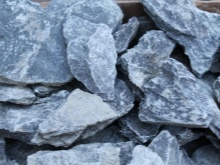
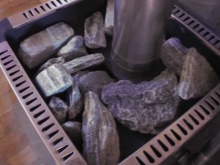
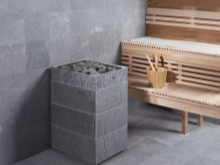
When it comes to using soapstone to create countertops, then perhaps this is not the best option. Since this stone, in its structure, is softer and more pliable, then, most likely, scratches and dents will form on its surface, which can damage glass or ceramic dishes. But if you use it as a building material, then all these scratches and cracks will even add some uniqueness to your buildings.
But it is also important to remember that when using soapstone, for example, to create a countertop, you must carefully look after it.

Over time, the stone can darken, change its color.
To make this process less rapid, you need to treat the surface of the stone with special mineral oils.
And also in the course of oiling, you can get rid of stains on the surface of the table. Naturally, all these pleasures are not cheap - both the material itself and the means for caring for it.
But if you have a desire to purchase a table or any other product made of soapstone, and your budget allows it, then, undoubtedly, it is worth investing in such a project. You will be happy with the result.
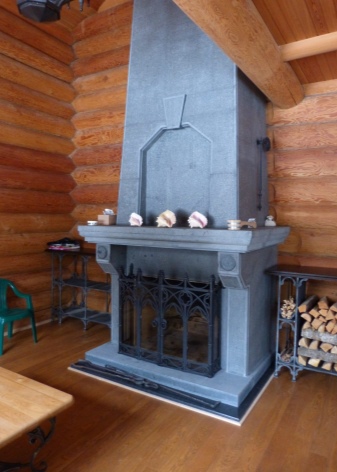
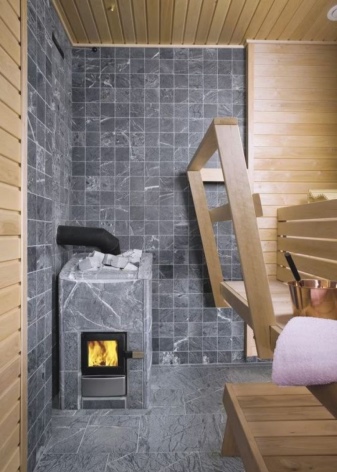
Differences from other stones
When the question of what kind of stones is better to choose for a bath is brewing, it is important to remember that, in addition to talcochlorite, there are many other options.
So, stones such as raspberry quartzite, jadeite, serpentine, porphyrite, jade and many others are suitable for a good steam room.
When creating a sauna heater, there are a few things to keep in mind.
- The correct choice of stones - for this it is necessary to study the properties and conditions of detention.
- Heat capacity - to create and maintain the required amount of heat.
- Thermal stability of stones - the more heat-resistant the stone is, the longer its service life.
- Safety issues - it is important to remember that when choosing stones, it is necessary to take into account what properties they have, whether they are capable of releasing any substances when heated. It also takes into account the overall impact on human health.
- The size and shape of the stones - a large stone does not always mean durable. There are many options for small pebbles that last quite a long time.
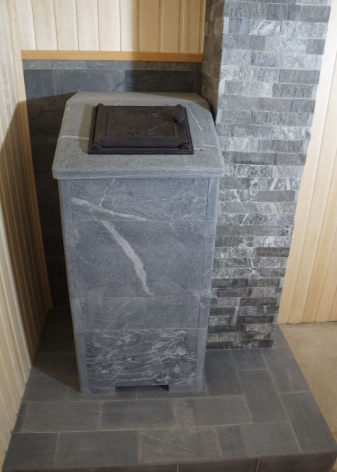

So, we will consider the main types of stones for a bath, as well as their differences from the above-described talcochlorite.
Pebbles are the most common and inexpensive type of stone. It is better to choose more flattened pebbles, it is more convenient to put them close to the oven for higher heat transfer.

Raspberry quartzite - has a characteristic pink color, resistant to sudden changes in temperature. In terms of hardness, it is stronger and more durable than soapstone, and in terms of cost it is one of the most expensive stones for a bath.

Jadeite is a light green semi-precious stone. It has high indicators of hardness and density, has a lot of medicinal properties, is a particularly durable stone. It also has high thermal conductivity and heat capacity, is safe for health, but due to its uniqueness it is quite expensive.
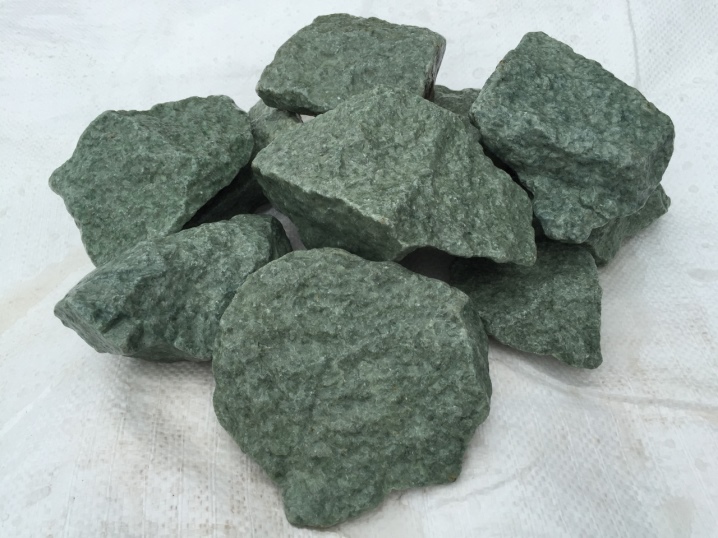
Gabbro - diabase, looks like granite. It is one of the budget options for bath stones. When heated in a stove, it is able to emit a slightly perceptible specific odor, absolutely no harm, however, if you have a very heightened sense of smell, you should think about choosing other types of stones.
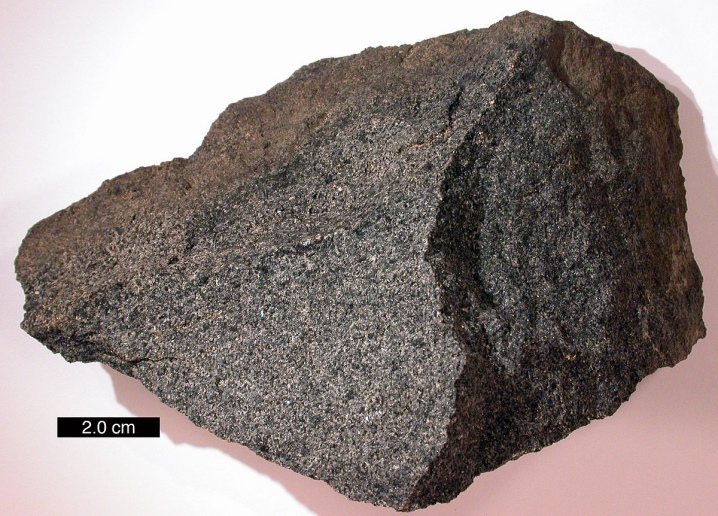
Porphyrite - refers to a rock of volcanic origin, it is also an inexpensive material, quite durable, has good heat dissipation.

Serpentine - a rock stone, has a characteristic serpentine pattern, dark green. As for the heat capacity, here it is inferior to talcochlorite, however, it is a more durable material.

Currently, the choice of stones is huge, each of the options has a difference in price and quality. But in any case, after reviewing all the positive and negative sides, choose the one that suits you.
Applications
Based on the above, we can conclude that one of the most common areas of use of soapstone is its use in a sauna heater. It can be used to make the lining of the stove, as well as put stones inside for heating. You can safely pour water without fear of cracks.
However, before firing such a furnace, it is necessary to thoroughly rinse its surface with a large amount of water using a stiff brush.
Given the high heat capacity, a stove made of soapstone can collect the required amount of heat in a short amount of time and maintain it for a long time. This is especially useful for those who are constantly freezing.
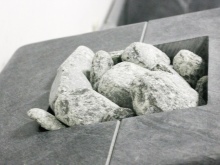

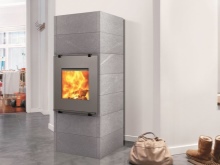
As a bath and sauna arrangement, soapstone is one of the best stones that can maintain the correct temperature and humidity in the steam room.
And if the facing is also made with the same stone, then the healing effect will only increase.
However, talcochlorite has found its application not only in the quality of baths. It is used in many more areas.
Given its ancient origin, there is evidence that earlier various household items and dishes were made from it: vases, figurines, pots, plates, etc. Due to the fact that it can be easily painted, it can also be used as a decoration.
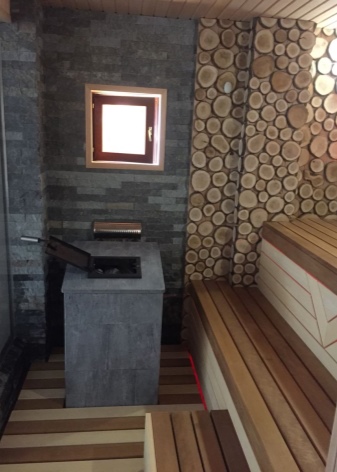
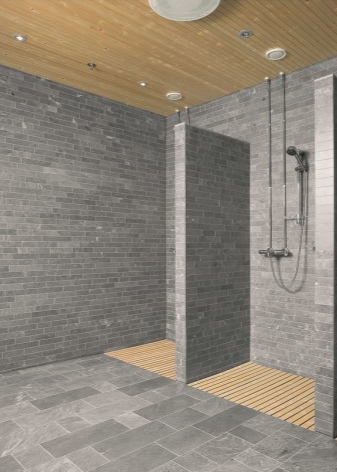
This stone has also found good use in construction. It is used in a wide variety of forms. As a powder, it can be added to various building mixtures, thereby increasing the strength of the finished material. Crushed stone is used in the manufacture of concrete.
Among other things, talcochlorite also has a number of beneficial properties that have a beneficial effect on health.
Due to its heating and long-term maintenance of heat, it is used with great success for various types of massage with hot stones. Exposure to heat has a beneficial effect on the skin, promotes vasodilation, and improves blood supply. It is also possible to use it to create heating pads.
Surely these are not all the properties that this unique stone can have, and perhaps in the near future we will be able to learn many more new interesting facts about this natural mineral.
Is talcum powder capable of producing talc - see below.




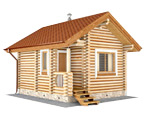
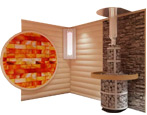
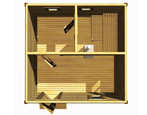
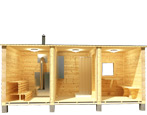
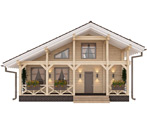
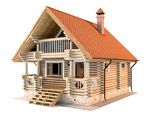


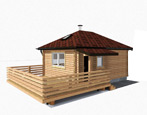
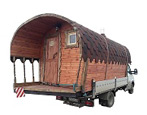


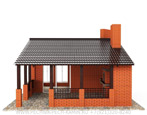

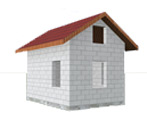

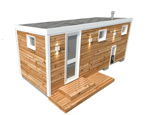
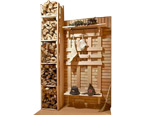
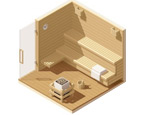
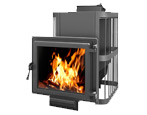
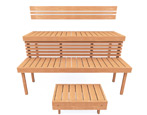
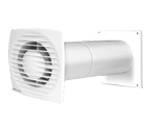

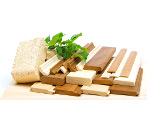


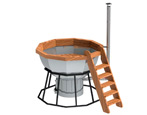
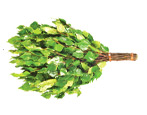
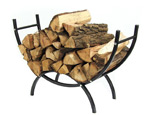
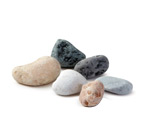
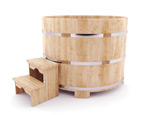
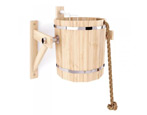
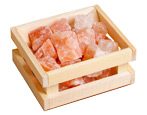

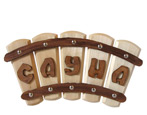
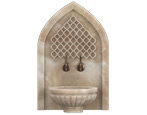

























































The comment was sent successfully.